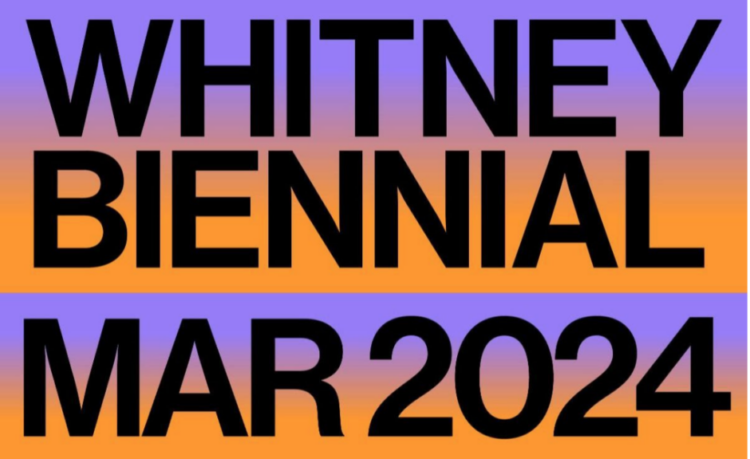Creative Capital Artist Retreat Featured in Houston Chronicle
 Miwa Matreyek, still from This World Made Itself.
Miwa Matreyek, still from This World Made Itself.
On August 9, Creative Capital’s Artist Retreat was the subject of a profile in the Houston Chronicle by Arts & Culture editor Molly Glentzer. Here’s an excerpt from the article, entitled “Creative Capital Keeps Its Cutting Edge Sharp”:
For a few intense days the audience sat attentively, often rapt. A few times they wept. Sometimes they cheered.
They heard Juan William Chavez of St. Louis talk about building a bee sanctuary where a housing development once stood. Detroit’s Design 99 collective described how it’s re-purposing found objects.
Laurie Jo Reynolds of Chicago discussed “legislative” art, including a campaign that began with poets writing letters to inmates, exposed inhumane treatment at Illinois’ Supermax prison and ultimately led to its closing this year.
Paul Rucker, a cellist and visual artist from Seattle, drew parallels between slavery and the prison system, showing stunningly gorgeous works full of horrific data he’s gathering.
The Degenerate Art Ensemble, also from Seattle, explained its multidisciplinary “Predator’s Songstress” project, which involves site-transforming portraits of six invented anti-heroines inspired by historical, mythical and contemporary women.
The annual Creative Capital retreat at Williams College in Williamstown, Mass., included 85 presentations—their biggest gathering ever of artists, curators and presenters.
The speakers were artists who have received funding from Creative Capital, an organization founded in 1999 to fill the gap left by the reduction in government funding of the National Endowment for the Arts.
First-year grant recipients had seven minutes each to give their presentations. Returning grantees had five minutes each.
Karen Farber and Dean Daderko were among about 250 arts presenters from across the nation privy to the talks, which offer a snapshot of the most avant-garde art happening in America. They went with their radars focused to scout performances, art installations, films and literary projects their institutions could help produce in coming seasons.
“Creative Capital will fund projects no other organization would touch,” Daderko said.
“We are the risk takers in the field,” said executive director Ruby Lerner, who’s led the organization since its inception.
Creative Capital conceived the idea of “venture philanthropy”—not just writing checks but also training artists to promote and market themselves, write strategic plans and even incorporate for-profit elements.
Far from being exhausted by the presenters’ information overload, Farber and Daderko came back to Houston utterly jazzed.
“It was invigorating, inspiring and exciting beyond belief,” said Farber, executive director of Mitchell Center for the Arts at the University of Houston. She’s been involved for several years, initially joining as a reader of the nearly 3,000 proposals submitted annually.
Sitting through the presentations is a little like curatorial speed dating, acknowledged Daderko, a curator at the Contemporary Arts Museum Houston. He first participated last year. “It’s one of the most inspiring and information-packed art-world gatherings I know of,” he said.
